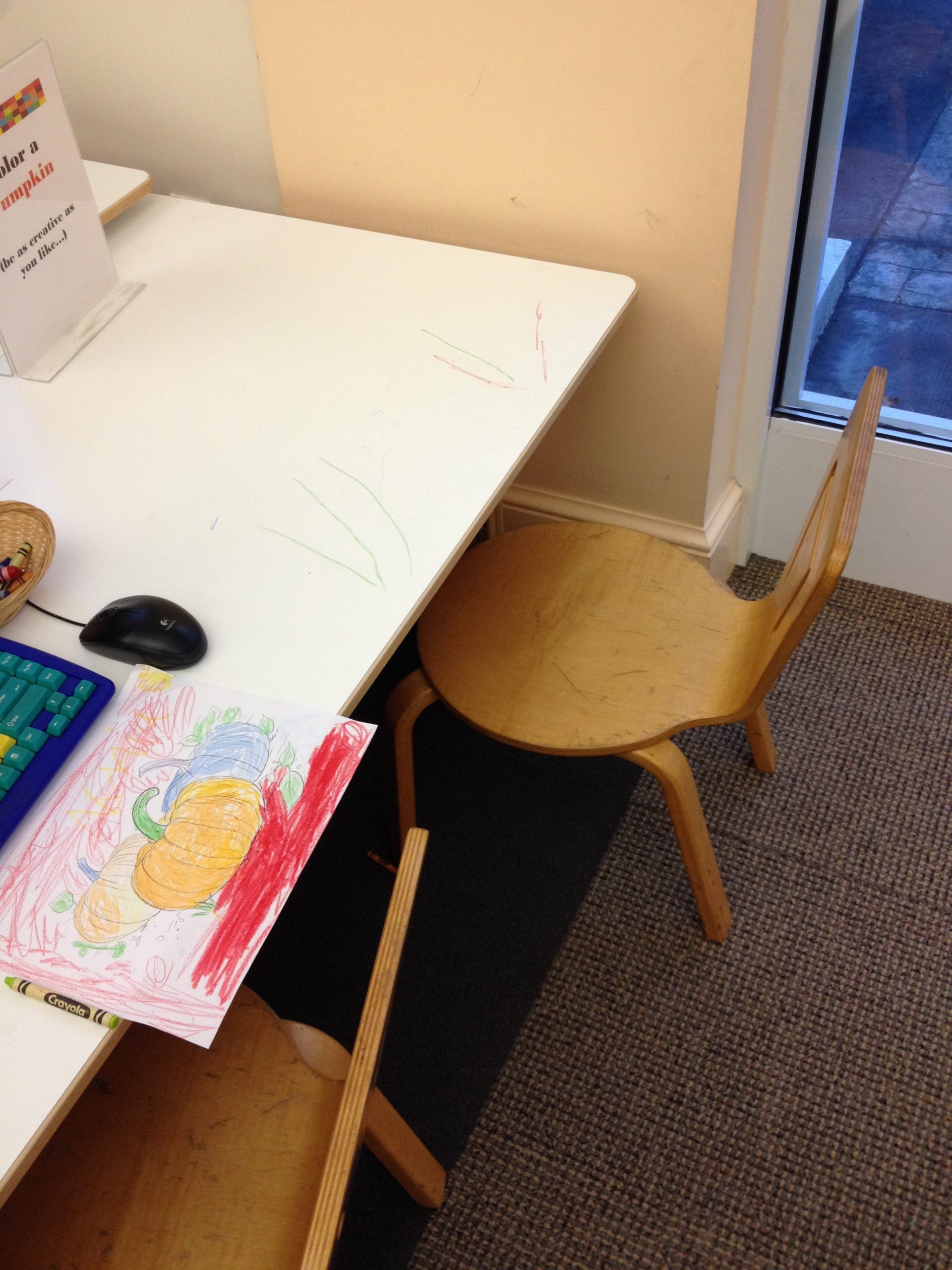Thematic schools or individual theme-based classrooms provide students with curriculum coherence. Thematic schools (schools that use a yearly theme) help students develop a ‘big picture’. A main theme throughout the school year provides teachers with a link to different content areas. A central theme motivates staff to implement various strategies in the classrooms. Themed schools bring cohesiveness to everyone and offer new opportunities for leadership.
A theme is an idea where teaching and learning are based. The length or time of a theme varies from a month to an entire year.
Thematic Schools have Benefits
Thematic schools show students how facts and ideas connect with each other in all subjects. This reinforces learning. It makes the learning relevant to apply to real-life situations. However, it is challenging for teachers. Teachers need guidance if they adapt partially or entirely to a chosen theme.
Theme-based classrooms give the classroom organization. They help students to make connections for a deeper understanding of concepts. Themes give students challenges to real-life problems and increase positive emotions about learning. Students can apply skills and concepts of themes to their lives.
Studies show themes applied across an entire course in a meaningful way achieve the most effect. Classroom or school themes incorporate differentiation. Themes cater to various styles of learning.
Themes Cause Fear
Some teachers fear teaching with a theme. They are afraid of the challenge and the change in their traditional method of teaching. This results in a lack of understanding of the curriculum. Teachers fear resources for the theme are not available. They fear they must be creative to meet student success. At the assessment stage, teachers feel their assessments are not appropriate.
Some studies show obstacles in the selection of problems and themes. They see time for instruction as a problem with inquiry and problem-based learning.
Themes must be meaningful., authentic, and relevant. They must also meet the educational requirements of the school.
Cover the Objectives
During and after teaching a thematic unit, there are considerations.
- Make sure the theme fits with the school’s goals.
- It must be relevant and meaningful.
- It must include students’ ideas.
- Decide on the end result.
- Decide resources.
- Evaluate the progress.
- Share experiences with others.
Thematic approaches to teaching include many areas of the curriculum. It connects and integrates subjects and gives meaning to the student. It teaches students and teachers how to teach for relevance and to be lifelong learners.



